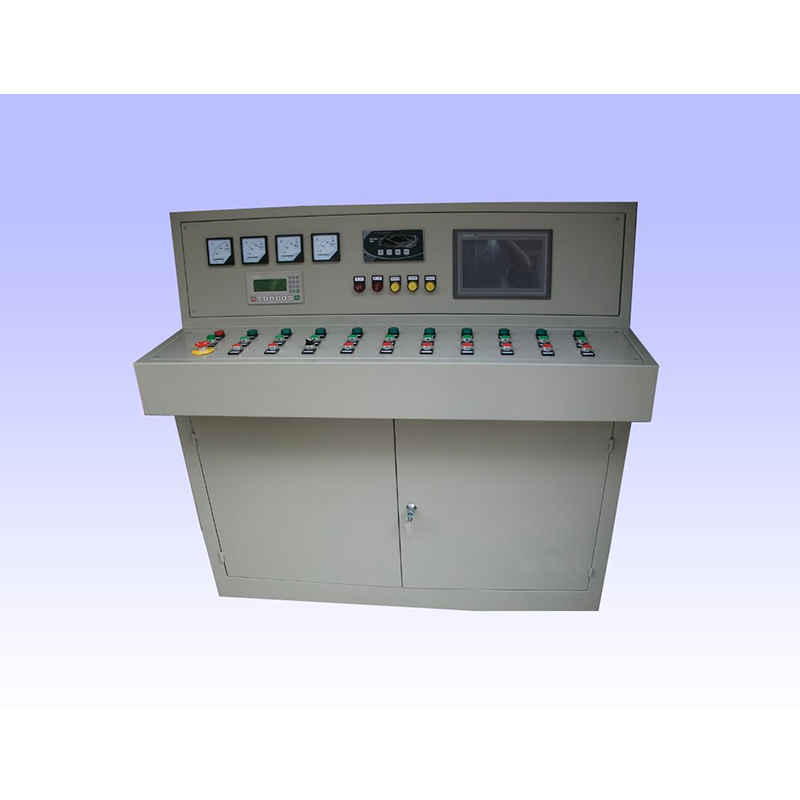
8 月 . 06, 2024 12:54
Back to list
Understanding the Functionality and Importance of Natural Gas Pressure Regulation Devices
Understanding Natural Gas Pressure Reducing Valves
Natural gas is a vital source of energy globally, used in various applications, from powering residential heating systems to fueling industrial operations. One critical component in the distribution and utilization of natural gas is the pressure reducing valve (PRV). This article explores the importance, functionality, and types of natural gas pressure reducing valves.
What is a Pressure Reducing Valve?
A pressure reducing valve is a mechanical device designed to control and reduce the pressure of natural gas flowing through pipelines. As natural gas is transported from its source, it typically travels at very high pressures to ensure efficient and swift movement over long distances. However, once it reaches residential or commercial areas, the pressure must be significantly reduced to safe levels for consumer use. This is where the PRV comes into play.
Importance of Pressure Reducing Valves
The importance of pressure reducing valves cannot be overstated. Firstly, they ensure safety. High gas pressures can lead to hazardous situations, including gas leaks or explosions. A PRV maintains the gas at a consistent, safe pressure, providing a buffered barrier between high-pressure systems and end-users.
Secondly, PRVs help optimize the performance of gas appliances. Many appliances, such as furnaces and stoves, are designed to operate optimally at specific pressures. A PRV ensures that the correct pressure is delivered to each device, enhancing efficiency and prolonging the life of the appliances.
Moreover, these valves are crucial for regulatory compliance. Most regions have strict regulations governing the pressure levels of natural gas in distribution networks. Utilizing PRVs helps companies adhere to these laws, avoiding hefty fines and promoting safe practices in gas distribution.
Functionality of Pressure Reducing Valves
natural gas pressure reducing valve

The primary function of a PRV is to reduce inlet pressure to a preset outlet pressure. When natural gas enters the valve, it first encounters a diaphragm, which reacts to changes in pressure. As the inlet pressure rises above the desired level, the diaphragm moves and adjusts an internal spring mechanism that opens or closes the valve accordingly. This dynamic adjustment allows for stable operation, ensuring that the gas pressure remains within specified limits.
Many modern PRVs also include various features such as built-in relief valves, which provide additional protection against overpressure situations. These safety mechanisms further enhance the reliability and effectiveness of PRVs in gas distribution systems.
Types of Pressure Reducing Valves
Pressure reducing valves can be categorized based on their design, functionality, and application. Common types include
1. Direct-Acting PRVs These are simple valves that operate directly in response to pressure changes. They are often used in low-pressure applications.
2. Pilot-Operated PRVs In this more complex design, a smaller pilot valve is used to control the larger main valve. These are suitable for higher pressure applications, providing greater precision and stability.
3. Electronic PRVs With advancements in technology, electronic pressure reducing valves have emerged. These devices use electronic sensors and actuators to maintain precise pressure control, making them ideal for applications requiring stringent pressure management.
Conclusion
Natural gas pressure reducing valves are essential components in the safety and efficiency of gas distribution systems. By regulating gas pressure, these valves protect consumers, enhance appliance performance, and ensure compliance with safety regulations. With various types available, selecting the right PRV is crucial for any gas installation, contributing to a safe and reliable energy supply. As the demand for natural gas continues to rise, the role of pressure reducing valves will only become more significant in the energy landscape.
Latest news
-
Unlocking The Quality Gas Pressure ReducersNewsNov.01,2024
-
The Role of Gas Pressure Reducing StationsNewsNov.01,2024
-
The Importance and Functionality of Safety Relief ValvesNewsNov.01,2024
-
The Essential Role of Safety Valves in Natural Gas ApplicationsNewsNov.01,2024
-
The Essential Role of Gas Pressure RegulatorsNewsNov.01,2024
-
Enhance Your Premium Gas FiltersNewsNov.01,2024

